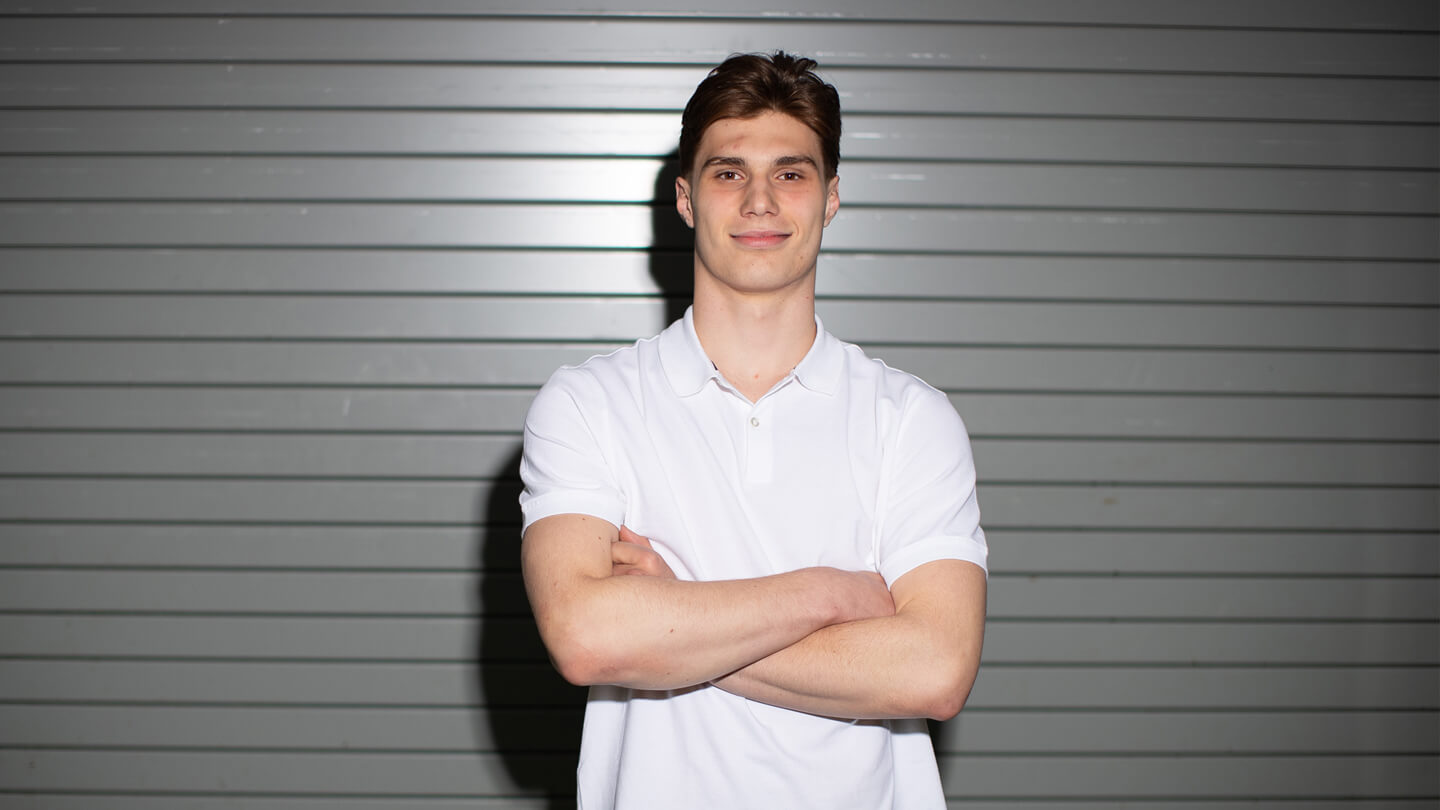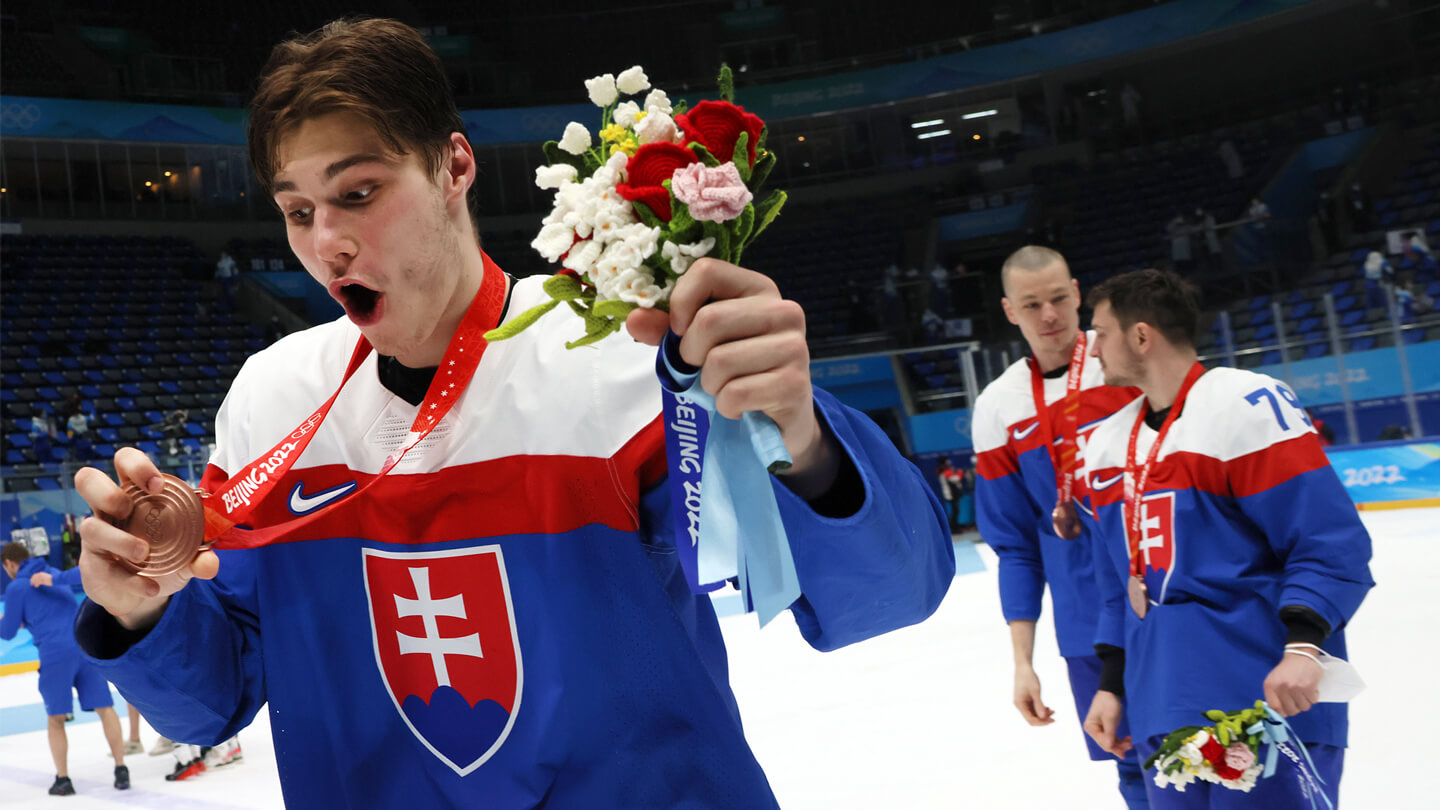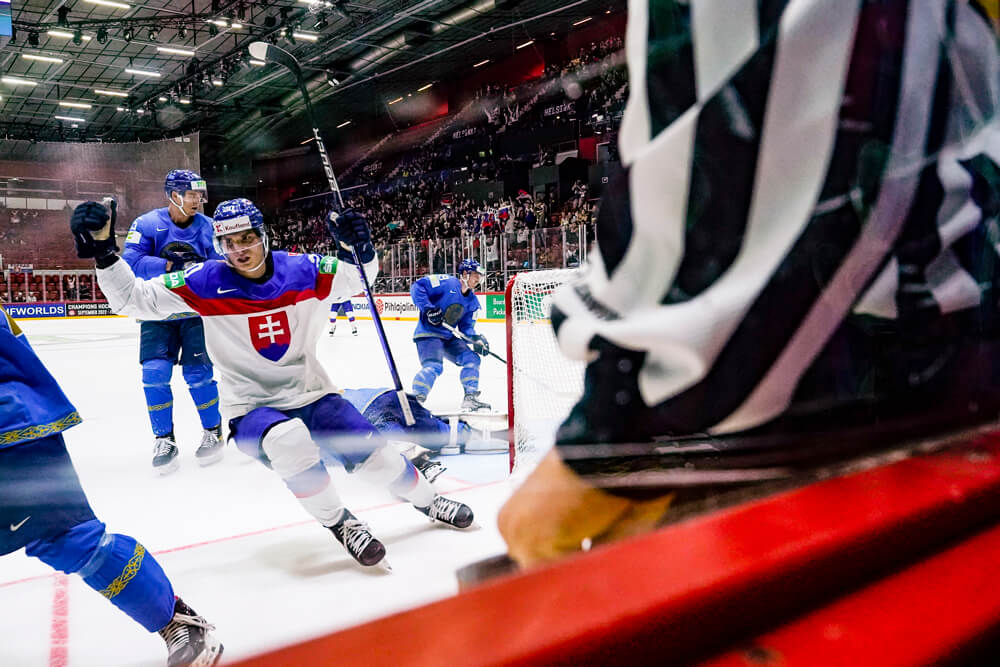O
n the heels of a long season that included the Olympics, a run to the Liiga final in Finland with Turku-based TPS and another couple weeks of intense hockey at the worlds, Slafkovsky took a pass on the physical activities that mark the final day of the NHL Scouting Combine in Buffalo. Really, despite all the ways we can quantify an athlete’s strength and endurance these days, you basically learn everything you need to know about Slafkovsky’s body the moment you lay eyes on him. His answer to the “What animal do you see yourself as?” question teams like to ask was “Wolf.” That’s appropriate because, when Slafkovsky enters a room, you sit up and take notice almost as if an actual Canis lupus had loped in. “If you saw him in a t-shirt and shorts, you would never think he was 18 years old,” says Scott Moser, an assistant coach with the Slovakian entry at the 2022 World Junior Championship that was cut shorty by COVID. “Especially his lower body; it’s almost like he’s built to play hockey.”
At six-foot-four and 218 pounds, Slafkovsky is hard to miss and easy to like. Simon Jellus, who just finished his freshman year at the University of Vermont, played with Slafkovsky on past Slovakian junior national squads and the two have roomed together. Despite the fact Slafkovsky was often two or three years younger than other guys on the teams, Jellus says, you could tell he always felt comfortable in his own skin and never had any trouble speaking up both in social settings and in the dressing room. “You usually don’t see that from a young guy like he was.”
At least in those settings Slafkovsky could use his native language. That wasn’t the case when he left for Finland at 14, feeling like the best way to chase down his NHL dream was to face a higher calibre of competition than he could get at home. “You have a player who left home — new country, new environment — to play the game,” says Dan Marr, the director of NHL Central Scouting. “So right away that tells you the commitment and desire he has.”





